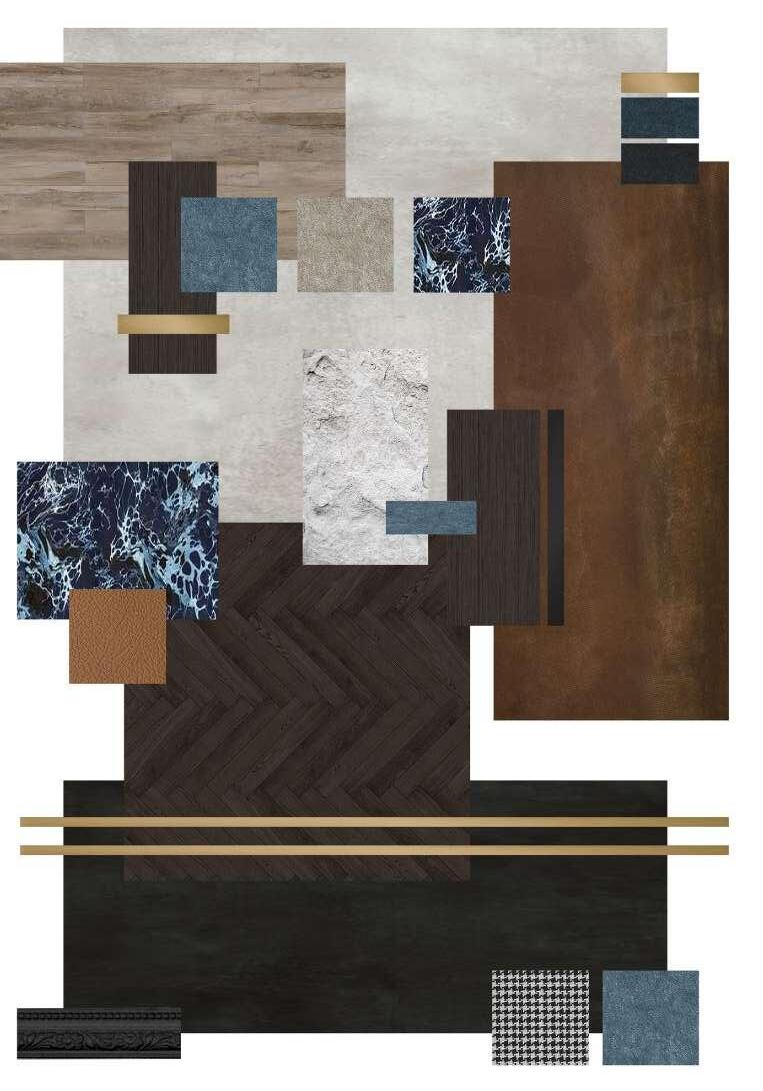
5 minute read
CONCEPT
from Portfolio
by Miruna Lup
The 5 Elements Of Life
• In Chinese philosophy, the Five Elements, also known as the Five Transformations of Energy, are the basis elements of all the things in the Universe.
Advertisement
• The 5 Elements are: Wood, Fire, Earth, Metal and Waterthey are also symbols of the seasons and their connection to the earth.
• Each element has an element that “creates” it and an element that “controls” it. Balance and harmony are therefore maintained:
Wood feeds Fire - Fire creates ash (which is soil) - Earth produces minerals (Metal) - Metal condenses into WaterWater nourishes plants (Wood); Fire melts Metal - Metal cuts Wood - Wood pierces Earth - Earth holds back Water - Water extinguishes Fire
• Wood represents spring and the energy of rebirth, like plants emerging from the soil.
• Fire represents summer and ascending energy, such as flames or the rays of the sun.
• Earth represents early autumn and the stabilizing energy, the harvest.
• Metal represents late autumn and the contraction of energy, such as when trees lose their leaves to conserve themselves.
• Water represents winter and downward energy, such as rain, waterfalls or flowing rivers
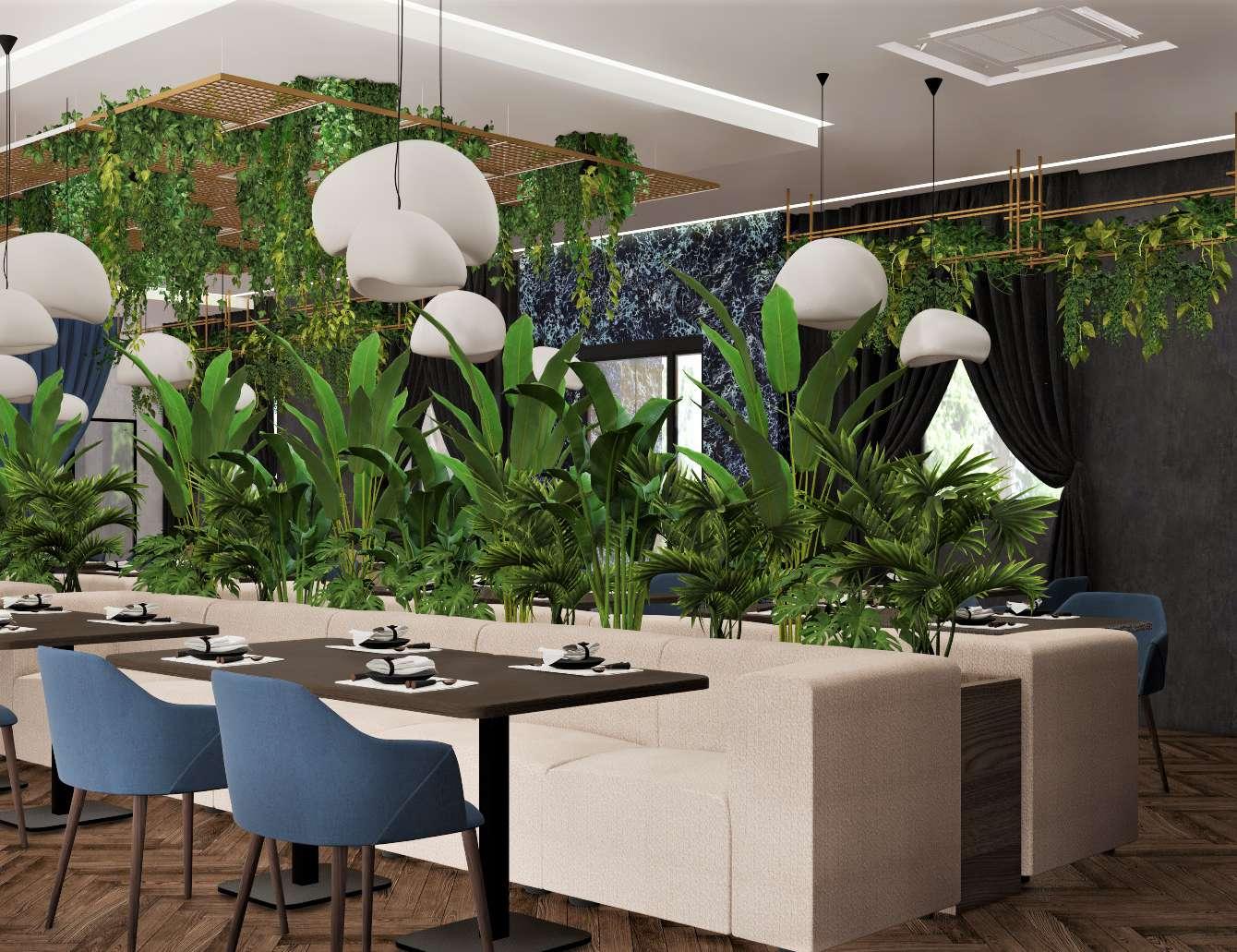
Water
• Water is related to all natural types of water, from deep lakes, the power of the ocean, the force of a waterfall and the flow of a stream... but also of man-made fountains.
• Water is related to the kidneys which process and filter our blood. It conserves natural resources and conserves our energy for to be used in times of crisis or growth.
• Water provides vitality and resilience and is the seed for creativity and imagination.
• Water is fed by Metal and controlled by Earth
A few ways to bring more water into your design:
- the colors of the water – black (a deep lake), dark blue
- objects containing water (fountains, aquariums, etc.) or images of water
- curved shapes (such as paisley pattern, teardrop, circle, etc.)
- spaces that allow reflection and quiet time
Earth
• Earth is our home and provides food for all beings. It sustains life and provides a safe haven. It is the sacred ground on which we step into and complete the cosmic trinity “Heaven - Humanity - Earth”.
• Earth is “Mother Nature” – providing all the nurturing qualities of the Mother archetype.
• However, its imbalance leads to concern and self-sacrifice; inability to set appropriate boundaries. A proper balance of the Earth means its ability to feed oneself and provide resources to others.
• Earth is nourished by Fire, controlled by Wood and divided by Water.
Some ways to bring more Earth into the design:
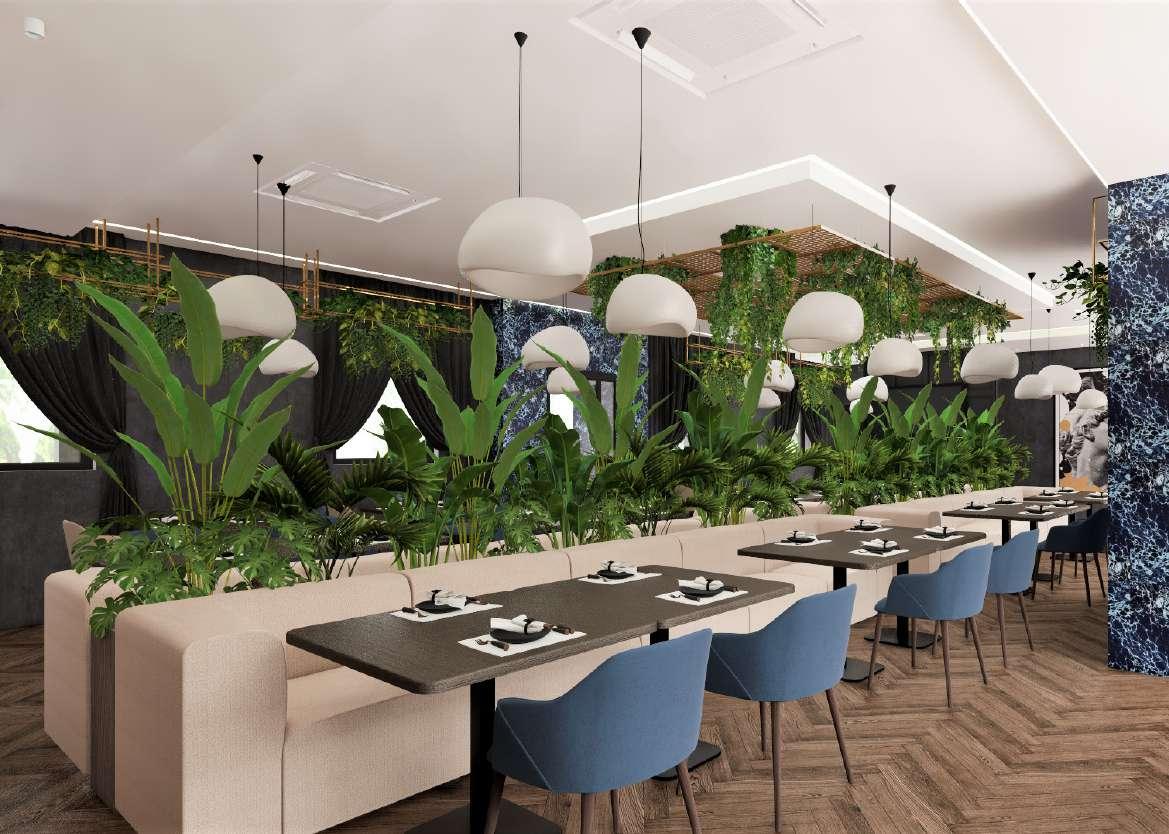
- soil colors (sandy beige to moss peat brown) and yellow
- quartz crystals and stones or images of deserts and mountains
- terracotta and ceramic materials
• Fire brings us the light and warmth of the sun
• Fire consumes what is in its way, but it is also the seed for new creation. Mastery of Fire sets us apart from all other living creatures. It is emotion and connection.
• In our lives, Fire generally represents our ability to be “out there,” displaying our passions and abilities with confidence. It also represents our reputation and ability to be recognized for our gifts.
• Fire is fed by Wood, extinguished by Water, controlled by Earth and restrained by Metal
Bringing the Fire element into the design:

- bright red and orange colors
- images of the sun or fire (fireplace, candles, etc.) or triangle or star shapes
- spaces with sunlight and the use of large unobstructed windows
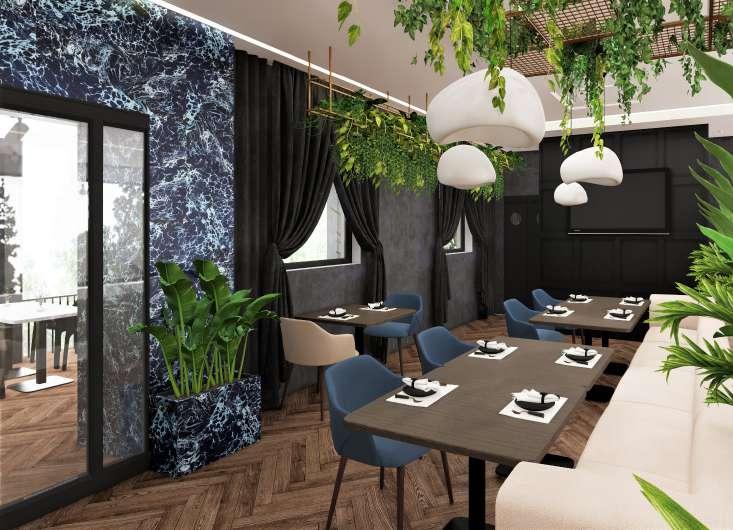
- light candles or use table lamps
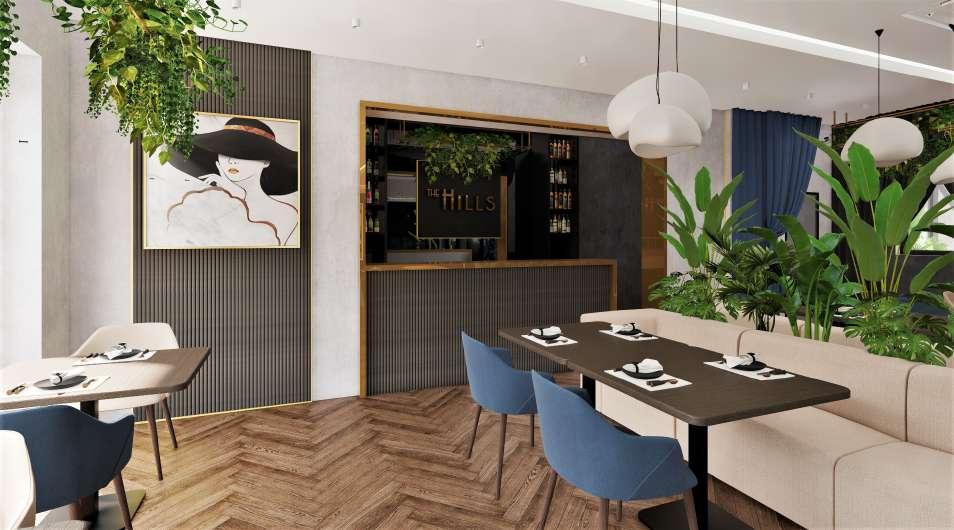
• The Metal element is connected to the idea of heaven, stars and sky. Metal is stardust. It is said to represent the spiritual path from awareness to enlightenment.
• The cool, clean air of autumn is a perfect example of Metal energy. Metal is cold, and clarity is related to fine and subtle air definition. That is why Metal is related to the lungs and breathing; the process of transformation of different elements in food for our body.
• Metal is nourished by Earth and controlled by Fire
A few ways to bring more metal into your design:
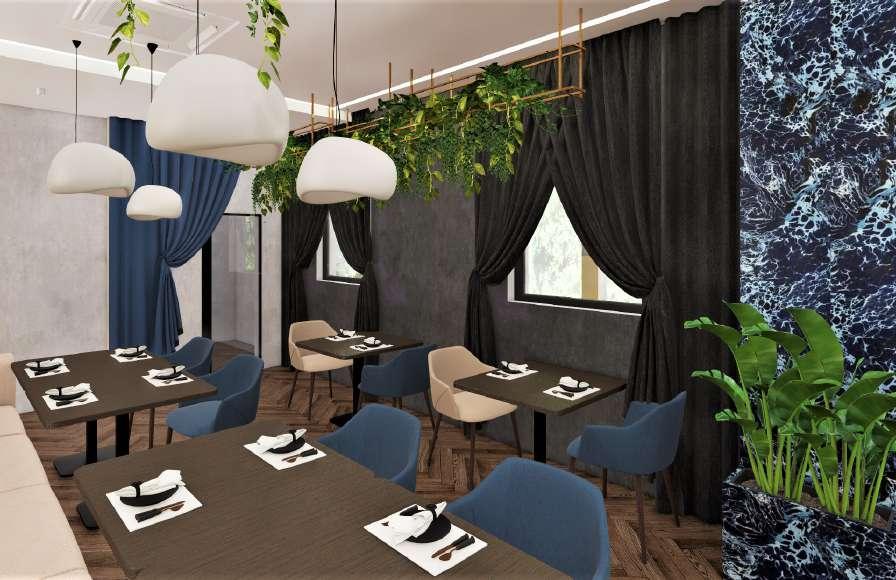
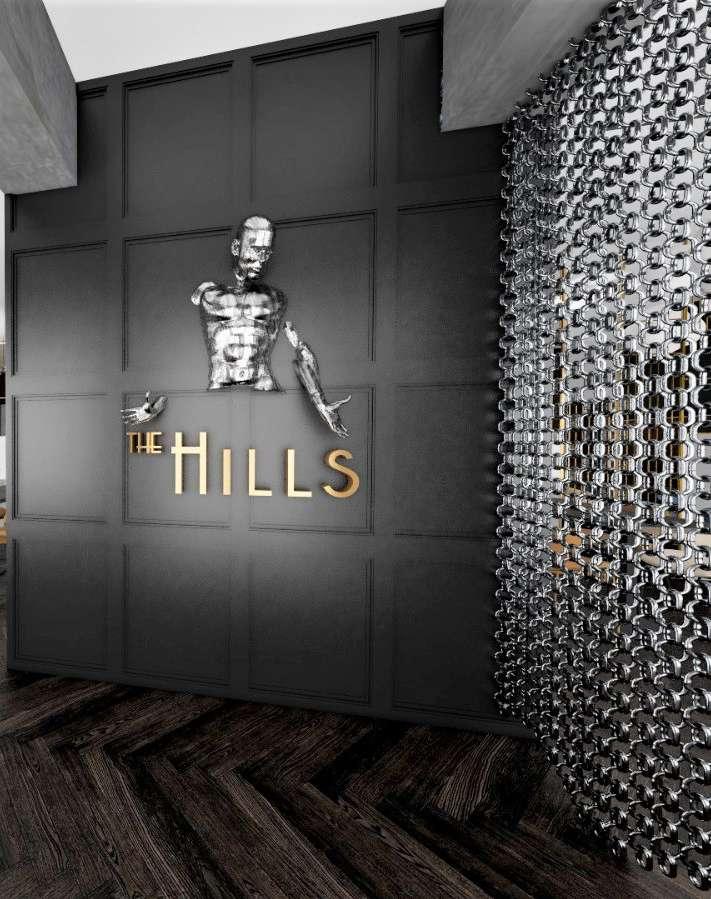
- the colors of the metal (white, silver, gold and grey)
- the use of metal objects
- images of heaven, spirit worlds, the sky or angelic beings
- through efficient organization and attention to beauty
• In nature, the Wood element is symbolized by plants, flowers and trees, the colors blue and green and vertical shapes (imitating tree trunks)
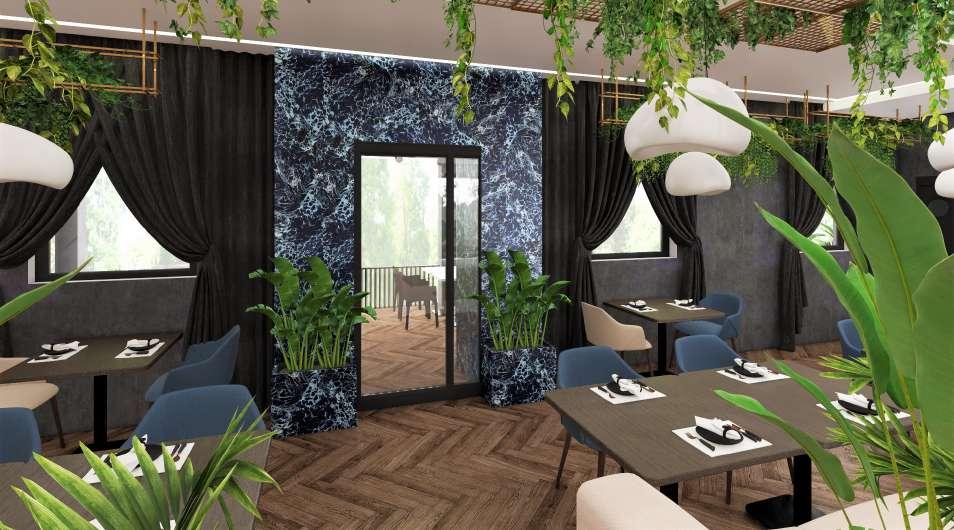
• In our lives, Wood generally represents health and family and our ancestors (what came before us). It also represents wealth, prosperity and abundance of all good things.
• Wood is nourished by Water, controlled by Metal, destroyed by Fire and swallowed by Earth
Bringing the Wood element into the design:
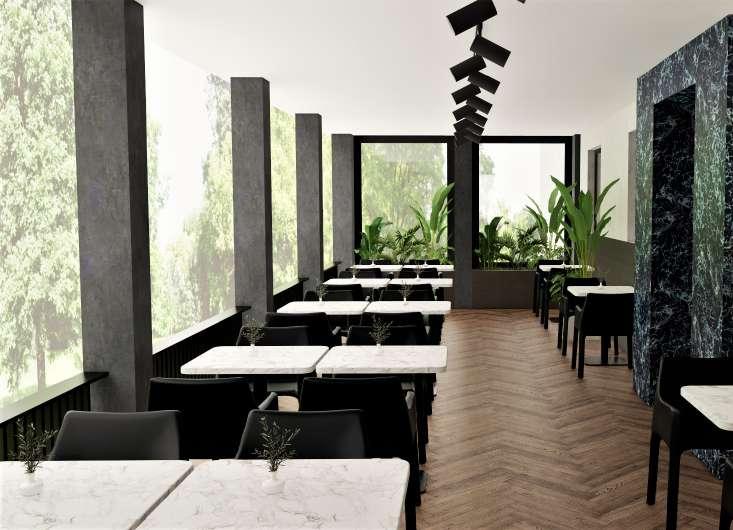
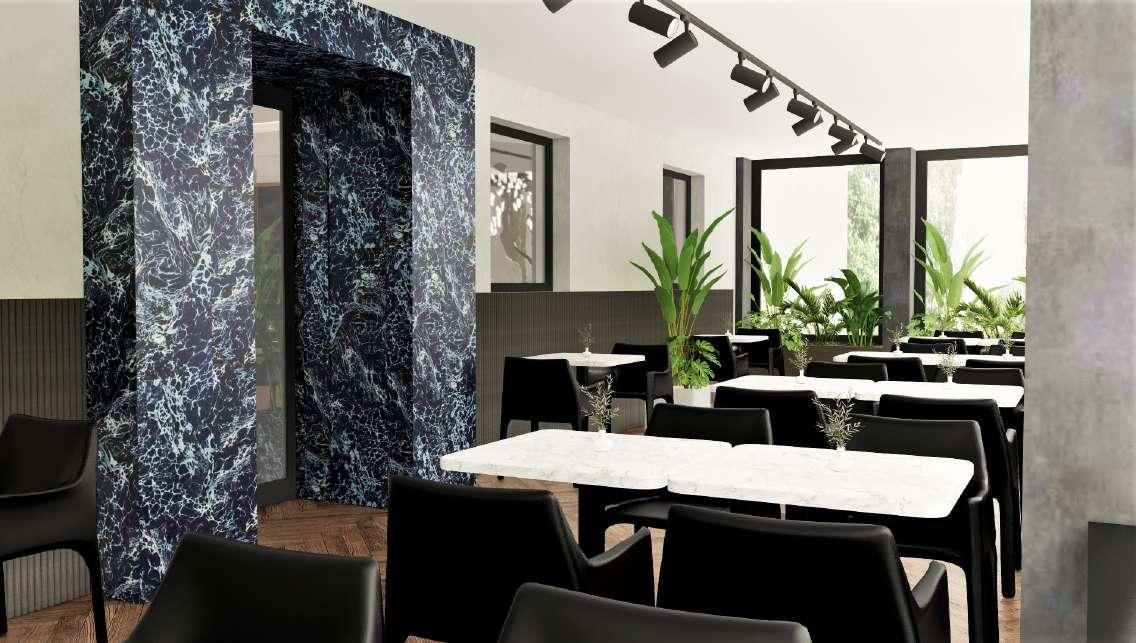
- green and blue colors
- vertical shapes, columns and elements
- pictures of flowers, plants and trees or the use of plants
- wooden furniture
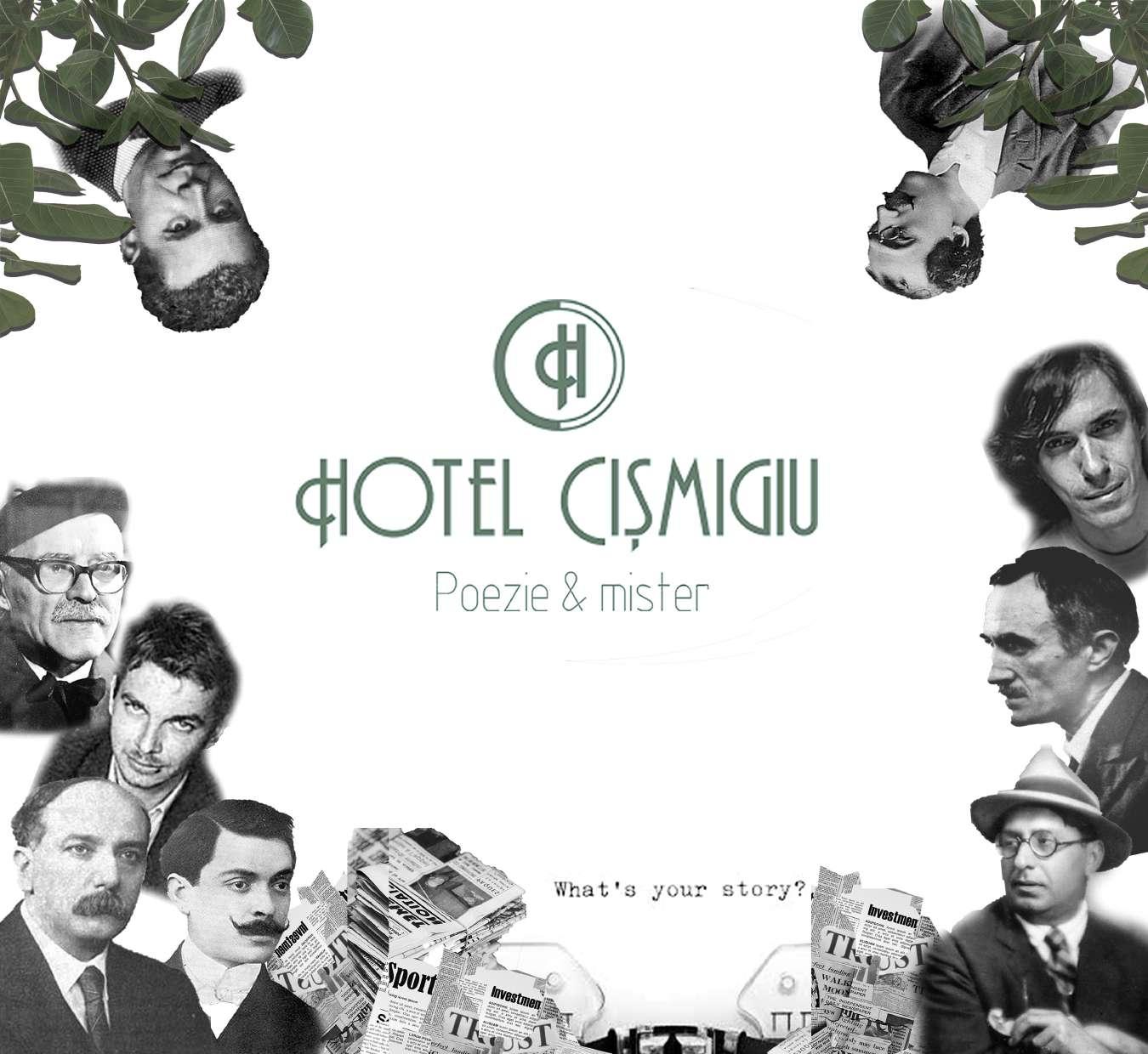
Hotel Cismigiu
- Poetry & Mistery - boutique hotel
University project
Renovation of an old hotel
An old hotel in the city center of Bucharest with a great history. A place that was once frequented by the city’s elite [artists of all kinds - actors, writers, musicians, politicians and members of the high society] and foreign travelers and well-known people.
The concept, Poetry & Mistery, comes as a suggestion for the hotel’s long and twisted history and secrets.
The dark contemporary color scheme combined with the Art Deco and Mid-Century influenced details highlight the old-new contrast in a harmonious way.
Bucharest, Romania [2021]
In 1944, during the Second World War bombings over Bucharest, a bomb falls through the hotel’s roof and ruins it. It was later rebuilt, but without its original domes.
The decline of the building starts with the Communist regime. Firstly, they changed the hotel’s name multiple times, settling for “Hotel Cismigiu” [as the park nearby] around 1965. By 1980 the decadence of it’s interiors, the poor restorations and the problems related to electricity and water made the hotel lose its charms and importance.
In the ‘90s the hotels was turned into a student dorm for the Cinematic and Theatral Arts University. This is the period when an infamous accident took place and the urban legends of the hotel began,
In 2004 the hotel was bought by a Spanish company that invested in it’s restauration. 8 years later, in 2012, the hotel reopens for guest under the same name. It still has, up to this day, its beerhouse and a bookstore at the ground-floor level.
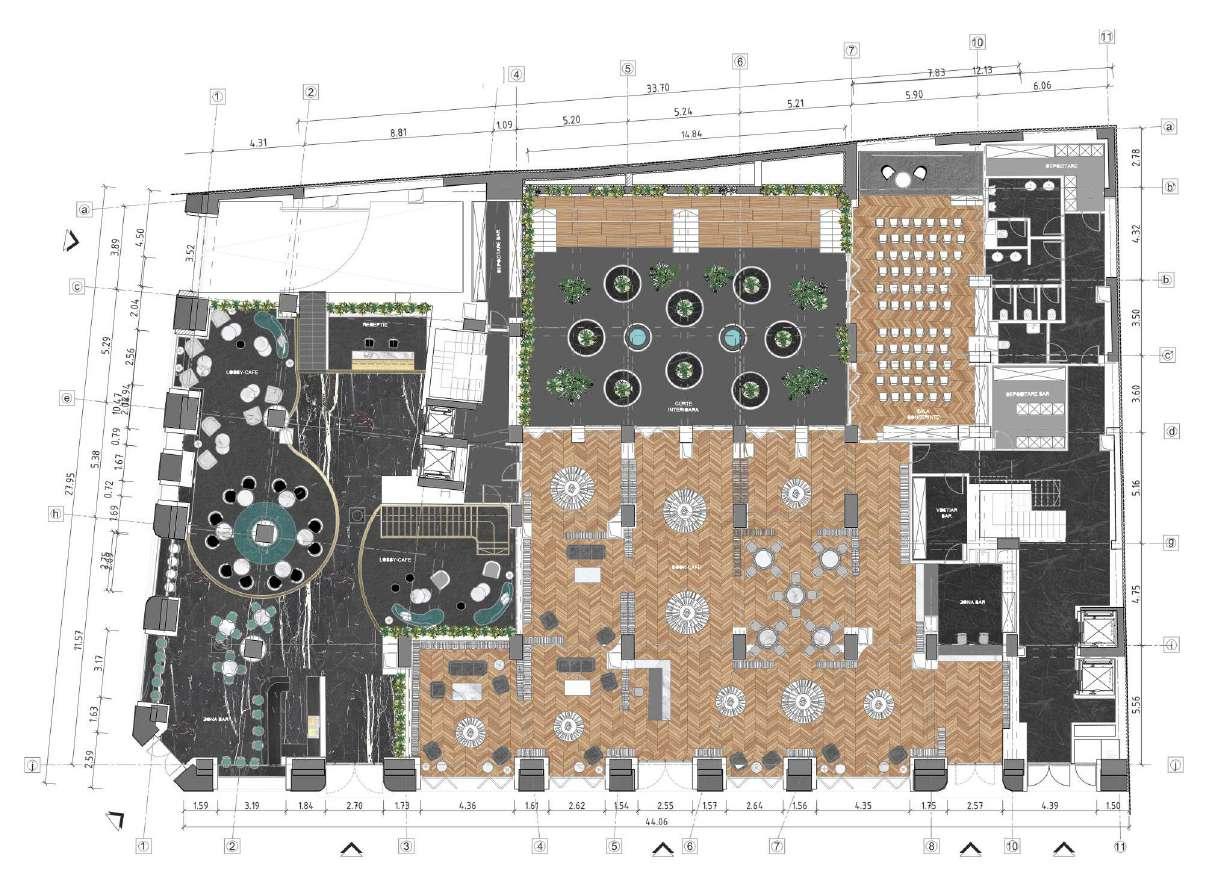
In 1912, after studying Engineering in Paris, Nicolae Pissiota builds one of the most imposing hotels in Bucharest and Romania: PALACE HOTEL, leaving the concept and planning to his cousin, the Architect Arghir Culina.
From an architectural point of view, the Palace Hotel is built in an eclectic style, with Neoclassical and Art Nouveau elements, specific to the widespread movement in Europe at the beginning of the 20th century.
Arghir Culina designs the plan as a U-shaped hotel, specific to inns and urban houses which allows its users to have courtyards for light and green gardens.
In 1913, Palace Hotel opens its doors, being the most modern hotel in this part of Bucharest, and with Its 200 select rooms it was one of the grandest hotels in the city.
Over the decades, the hotel suffered a lot of conversions and alterations to its original form and structure.
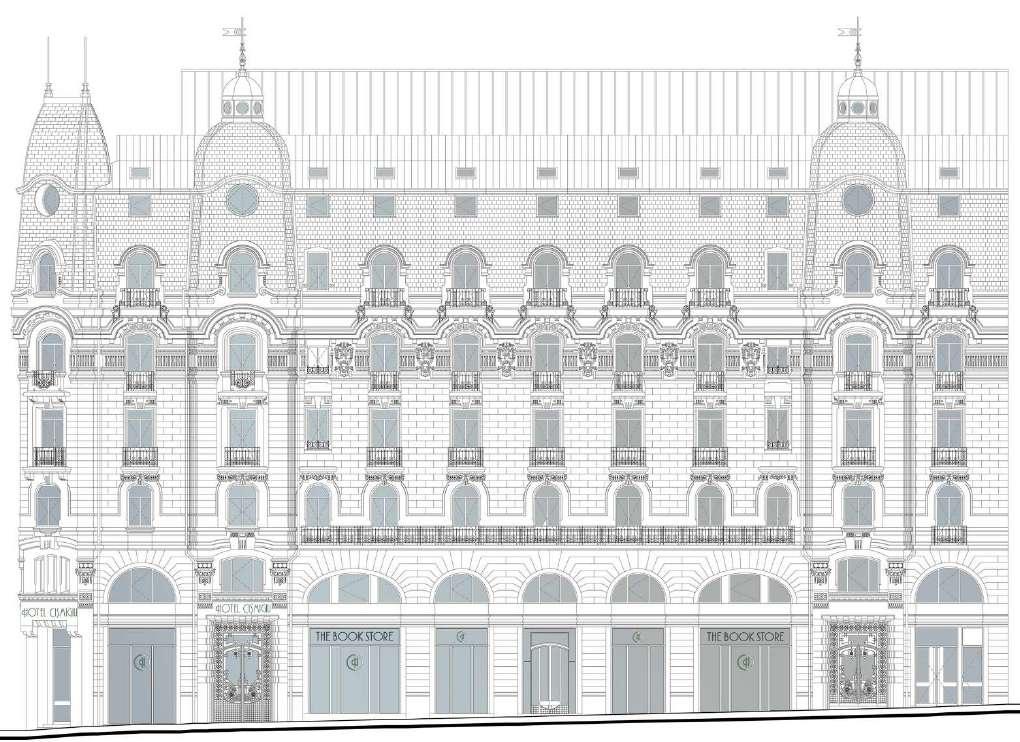
After its opening, the hotel was mostly booked by rich and important foreigners visiting the city, but during the First World War, its spaces were turned into a Red Cross center for the war victims.
The Interbelic years were the most fruitful for the hotel, because the whole surrounding area became a little Romanian Broadway, with lots of cinemas, cafes and restaurants where the most important people of the city, from writers to politicians, would spend their time.










